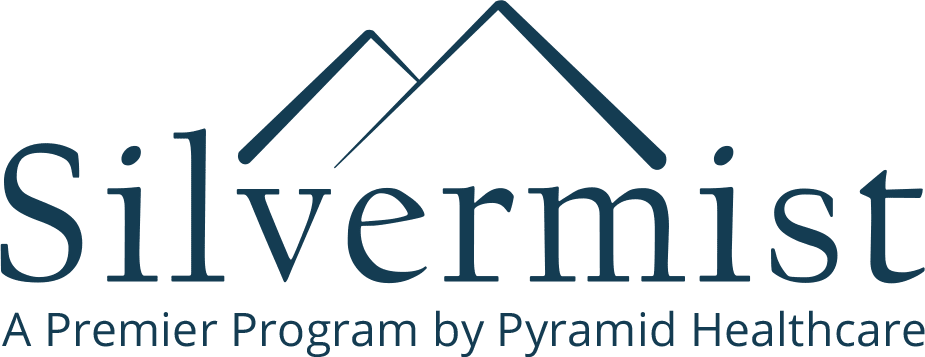When you stop to think about your day, it’s incredible how many things we humans do out of habit. Our patterns of behavior range from small details, like how you crack your eggs, to big decisions, like whether we continue in our chosen career paths. The habits we have formed are useful to us, preventing us from experiencing decision fatigue and allowing efficient normal functioning.
Habits aren’t patterns of action that we’re born with, though. Habits need time and intentional resolve to develop. In this article we’ll talk about the formation of habits, and how addiction starts as a singular behavior and develops into a habit and then quickly spirals into addiction.
How to form a habit
A behavior is considered a habit when an action is done with little or no conscious thought or awareness. These behaviors are automatic, and while they can be controlled, it takes us effort to go against the norm.
Dissecting how to form a habit is something that has fascinated psychologists for years. A common three step pattern has been described as a “habit loop” by Charles Duhigg. The three stages in this process are the cue, the routine and the reward.
The cue is the trigger to the automatic behavior. It’s the stimulus in the environment that prompts autopilot as we proceed. The routine is the behavior itself, and the reward is the thing that comes as a result of the behavior and reinforces the routine.
This process is not just a behavioral one that can be observed externally, but an interior one. The neurological pathways that form in habit formation allow us to devote the mental energy we would have used to make that decision to something else. In most cases, it makes our lives easier. However, it’s possible to form bad habits, too.
When does a habit become an addiction?
Perhaps the most disastrous of all habit formation is the creation of a substance use habit. Much like the habit loop that includes cues, routines and rewards, consuming drugs or alcohol copies this pattern.
Addictive drugs, after a single consumption, offer the brain a pleasant reward in the form of relaxation, euphoria, emotional closeness or alertness. The chemicals that a drug sends through the brain are rewarding, and the body craves the experience again. While some substances and higher doses are more chemically addictive than others, all drugs produce this effect in some measure.
The body then experiences a period of withdrawal. This is when the brain craves the experience of the reward, and will even minimize or ignore negative consequences to experience the same high. One of the most dangerous parts about substance use is that unlike other lifestyle habits, a tolerance can grow. This means a person will need more and more of the same drug to experience the same pleasurable effects. This has dangerous consequences and is the path to full-fledged addiction.
Just like with other habits, the pattern of substance use becomes an automatic loop, leading to unconscious decision making when it comes to using drugs. The behavior can feel uncontrollable, because in some sense, the body and brain has already made it’s choice to consume more drugs or alcohol and you are simply acting as the vehicle to carry out that choice.
You may have heard people state that they feel like a slave to addiction. A sure sign of a substance use problem is the feeling of loss of control. The truth is, a drug use habit is only an addiction in the beginning stages. A habit that isn’t long or deeply entrenched can be addressed. If left unaddressed, a drug habit is guaranteed to spiral into addiction and require professional treatment to break.
Habit vs. addiction: how to tell
Struggling with drug use can feel like a slippery slope and leave you wondering whether you’re still in control. Use these guideposts to determine whether you’re in the beginning stages of a habit or your patterns of behavior could be labeled as an addiction.
Functional impairment
Clinicians use a term called “functional impairment” to designate a substance use disorder. This means any interference in daily living, from cooking meals to operating vehicles. If drug or alcohol use causes disorder that causes daily disruptions and makes normal living impossible, you’re dealing with an addiction.
Occasional use
A good test of whether substance use is a habit and is still under your control (for the time being) is whether you can abstain from using all drugs or alcohol from a week. If cravings overtake you and you find the urge impossible to resist, it’s likely you’re dealing with an addiction. The frequency of use is a good marker for the extent of your habit.
Physical signs
Drug and alcohol use takes its toll on a person’s body and brain. One of the clearest ways to determine how serious a pattern of substance use is is to assess this physical symptoms of drug use. These include any side effects like neglected appearance, lack of energy and motivation, significant weight changes or poor hygiene.
Form the right habits
Understanding how to form a habit is one thing and implementing it in your life is another. If you’re looking to form healthy habits and reverse the effects of an addiction, Silvermist Recovery can provide the guidance you’ve been searching for. Learn the difference between habit vs. addiction and get personalized help on the way.
With a variety of substance use recovery programs, you’ll find the services that fit your needs so you can get back on track and back in control. Reach out today and change your life for the better.

